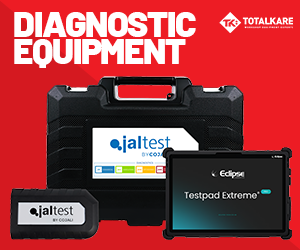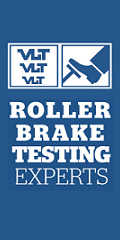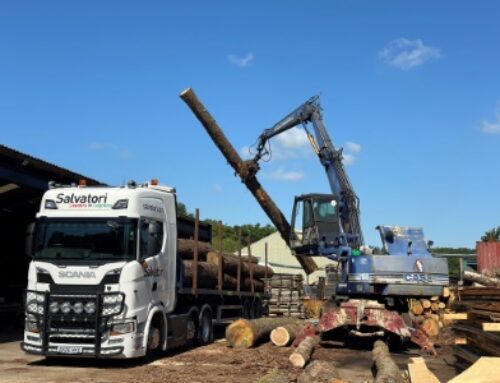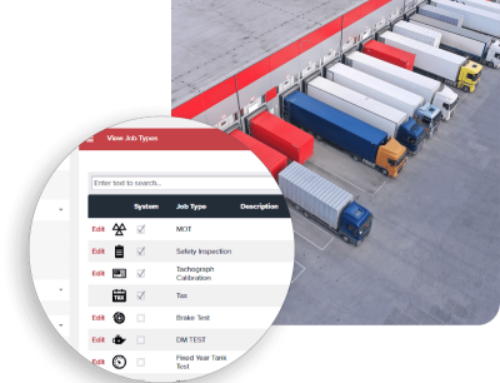r2c: driving efficiency with digitised inspection
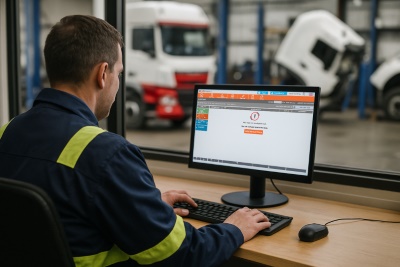 The more efficient testing and inspection processes are, the more quickly any issues can be resolved and costs reduced, software specialist r2c believes.
The more efficient testing and inspection processes are, the more quickly any issues can be resolved and costs reduced, software specialist r2c believes.
Ash Connell, commercial director at r2c, said: “Our ROI calculator has worked out that a fleet with 100 vehicles, working a five-day week and doing one driver check per vehicle a day incurs over £3,000 a year in costs just to complete this task manually.
“By automating and digitising many of the administration processes of testing and inspection, transport operators can become far more time and cost efficient, flagging issues and getting commercial vehicles fixed as quickly as possible.”
r2c, which has seen over 3.5 million daily inspection checks and 4.5 million raised defects recorded on its system so far this year, recently launched a new product that can monitor how every minute is spent by technicians and workshop operatives, ensuring maximum value and productivity.
Its Time Recording tool analyses against work lines, letting CV technicians log hours against individual jobs and allowing workshops to chart the efficiency of employees.
According to r2c, the tool promises to revolutionise workshop operations by providing 360-degree visibility of every job undertaken. It allows users to log each job, providing workshop managers with insight into job over-runs, bottlenecks in the chain or delays before they become too costly.
It is also said to enable far more accurate job costing, as the system utilises real-time data to allow for smarter pricing and reduced margin loss from under-quoted work as well as reducing manual input.
Another key aspect is that of employee development, says r2c, with Time Recording offering bespoke data to support technician training, planning and performance reviews, as well as allowing managers to identify high performers, support under-performing staff and ensure a fair workload distribution for testing and inspection.
Connell continued: “By using Time Recording to provide transparency and real-world data, they can make better decisions when it comes to running their transport operations in the most efficient way possible.”




